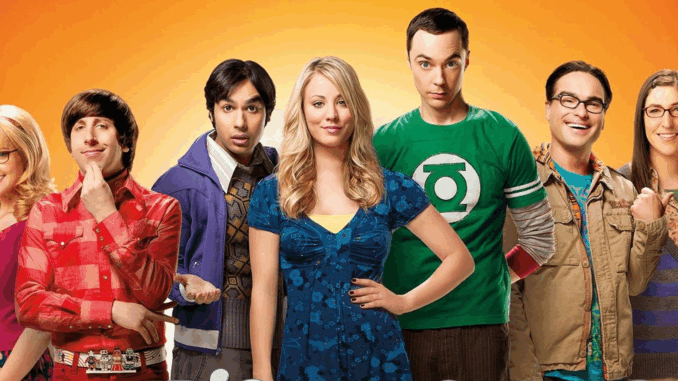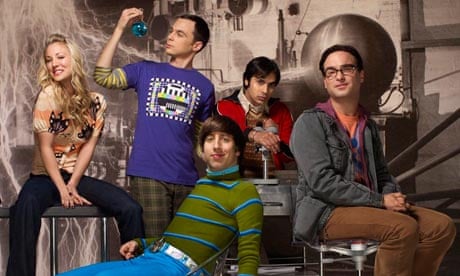
While The Big Bang Theory is often remembered for its quirky characters and clever humor, one of its most underappreciated legacies is its impact on science communication. Over its 12-season run, the sitcom helped bring physics, engineering, and even string theory into everyday conversations—something few prime-time shows had achieved before.
From the very first episode, the series leaned into academic jargon, equations, and real scientific references. While some sitcoms might treat science as background noise, The Big Bang Theory made it central to the plot and the characters’ identities. Theoretical physics, quantum mechanics, and computer engineering were not only discussed—they were respected.
To maintain accuracy, the show hired UCLA physicist Dr. David Saltzberg as a science consultant. He reviewed scripts, added real equations to whiteboards, and ensured that even throwaway lines were grounded in legitimate science. As a result, viewers weren’t just entertained—they were exposed to real-world scientific concepts in digestible ways.

The show’s popularity even spilled into academia. Many educators reported students citing The Big Bang Theory as an early influence on their interest in physics or engineering. Colleges used the show to engage students in science communication, and physics departments noticed an uptick in enrollment coinciding with the series’ heyday.
Beyond science, the show also portrayed scientists as multidimensional people. Leonard, Sheldon, Raj, and Howard were not just “nerds”—they were passionate professionals, flawed humans, and deeply loyal friends. Their personal growth helped normalize the idea that scientists could be socially awkward, emotionally complex, and still be respected.
Though it was never intended as an educational tool, The Big Bang Theory helped bridge the gap between academia and pop culture. It made science approachable, and in doing so, sparked curiosity in millions of viewers around the world.
